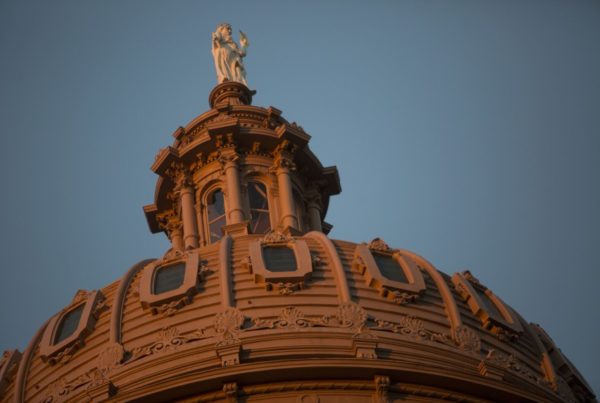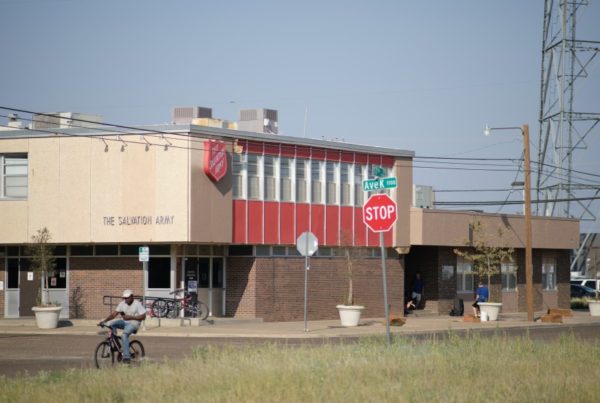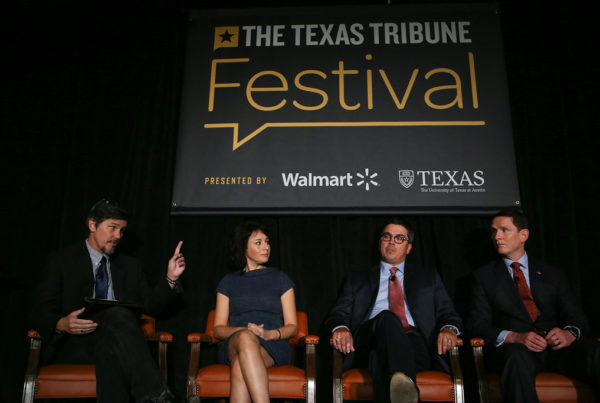State lawmakers began their third special legislative session of the year on Monday. This time the primary task is to draw new political maps. But the question on a lot of minds right now is whether the Legislature will have the final word on these maps Or they headed to court?
Sherri Greenberg, a professor at the LBJ School of Public Affairs at UT-Austin. She was also a Democratic state representative, serving the Austin area from 1991-2001. Greenberg says a big difference this year is that Texas is no longer under federal oversight, as it has been during previous redistricting cycles. This preclearance process was required under the Voting Rights Act of 1965. A Supreme Court ruling in 2013 removed the preclearence requirement. That means many tools parties in power use to protect their electoral advantage are available to Texas Republicans.
Listen to the interview above or read the transcript below to learn more about what could be coming for Texas voters.
This transcript has been edited lightly for clarity:
Texas Standard: For the first time in decades, Republicans will have free reign to redraw and reshape the state’s political boundaries without first having to run them past the federal government. Tell us about why that is.
Sherri Greenberg: Yes. That’s correct. This will be the first time that Texas since the Voting Rights Act of 1965 was enacted that Texas will not be under what’s called federal preclearance. And that is due to a Supreme Court decision in 2013. With the federal preclearance, the maps always had to be reviewed by the federal government before they could be enacted.
In fact, the last time a federal court was being asked to review Texas’s maps, I believe [there] was a remark in the review that said ‘there was more evidence of discriminatory intent in the drawing of Texas maps than we have space or need to address here.’ So clearly, these maps have been problematic in the past. Is there any reason to believe that they will be more or less problematic in 2021?
It is true that they’re problematic in the past and I don’t think that there’s any particular reason to believe [they] will be less problematic. Redistricting really comes down to power. And the party in power, and the Republicans maintaining or even increasing its power and its presence. And also, individual members [typically] want to be reelected. And so it’s about them trying to gain a leg up, so to speak, whether they’re members of the Texas House or Texas Senate or the congressional maps. [They] will also be drawing the state board of education [maps]. And, of course, Texas will be getting two additional members of Congress.
Political manipulation has been a part of this process since almost the very beginning. And it’s carried out through two main tactics. You’ve talked with us about these before, but could you explain cracking first and then we’ll talk about packing?
Cracking means when you take districts and literally crack them apart to disperse population. And typically when you talk about redistricting from a philosophical standpoint, what you want is what we call communities of interest. Where you are drawing boundaries, where you’re trying not to go across county lines, where you’re having communities of interest of similar communities together. When you crack, you take population, you disperse it. And you might want to do that so that a district no longer, for instance, has a majority of Democrats and you would disperse them.
And you’re also talking about communities of color in Texas as well. What is packing and how does that work?
Yes, we’re absolutely talking about communities of color and how this impacts communities of color. And you could have a situation where with cracking, you are dispersing communities of color. And this could be for partisan reasons. When you speak of packing, it is the opposite. Remember, the party in power is trying to maintain its dominance or increase it. With packing, what they would be doing is trying to put as many, for instance, Democrats into a single district, pack them in, and by doing that, have more Republican districts. And this could also mean if you have more people of color who are Democrats, where they are packed into a district and they may contend this means they have fewer districts where they’re represented.













